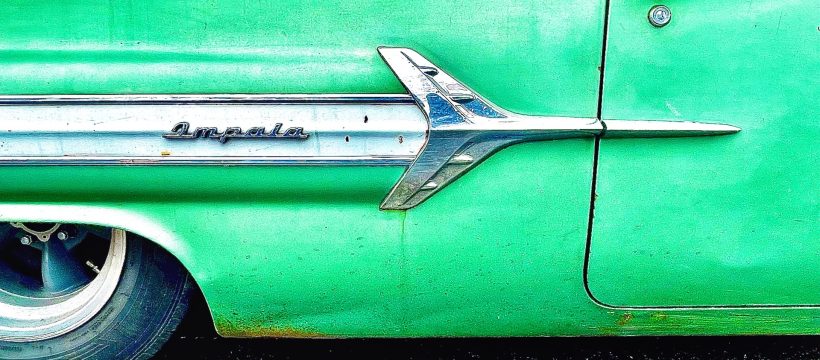There is a section on the Whitewebbs Museum of Transport website called Lovely Customer Reviews, offering a more human touch to the mechanical and electronic wizardry on offer. The reviews are united in describing the museum as a hidden gem, but only one revealed the real joy of the visit:
“We brought our two grandsons to the museum today, it was our first visit. Both boys, aged four and six, are huge transport fans and go to many, many events and museums with their parents, but today appears to be the first time the youngest cried when it was time to leave.”
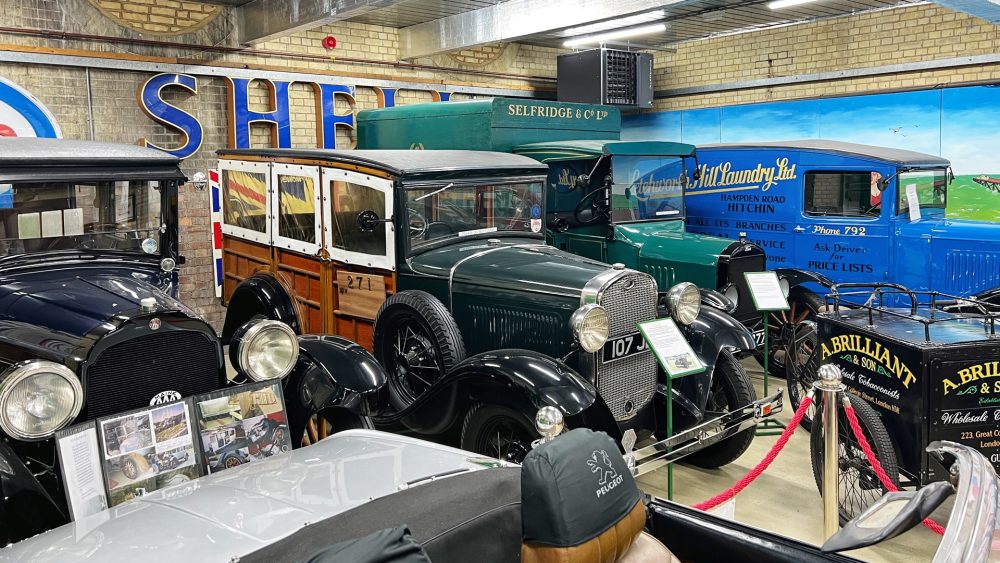
While there were no obvious Geezer tears on the day, there were emotional scenes in the gift shop, where Simon snaffled up a puzzle and John caught the cashier by surprise with his purchase of a rather fetching, ornamental owl.
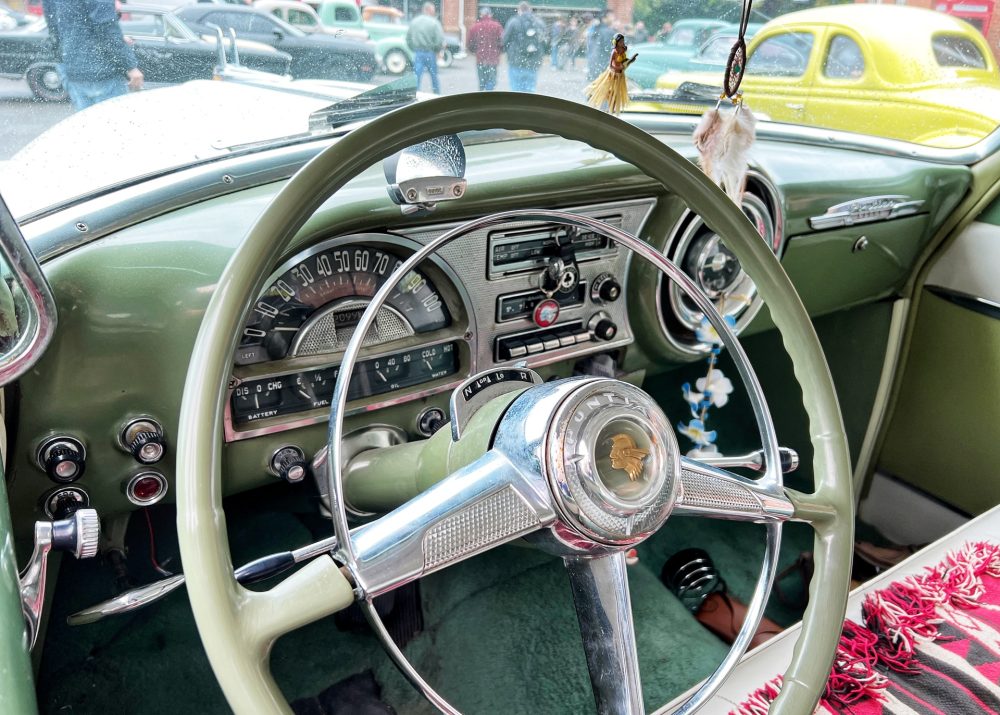
The visit to the museum was planned to coincide with the Hot Rod Car Show, which featured an extraordinary array of fabulous cars from the days when America really was great. Pancake Cadillacs, contoured Corvettes and rusty old flat-back trucks were all lined up in the car park, and we were lucky enough to see them before the rain set in.
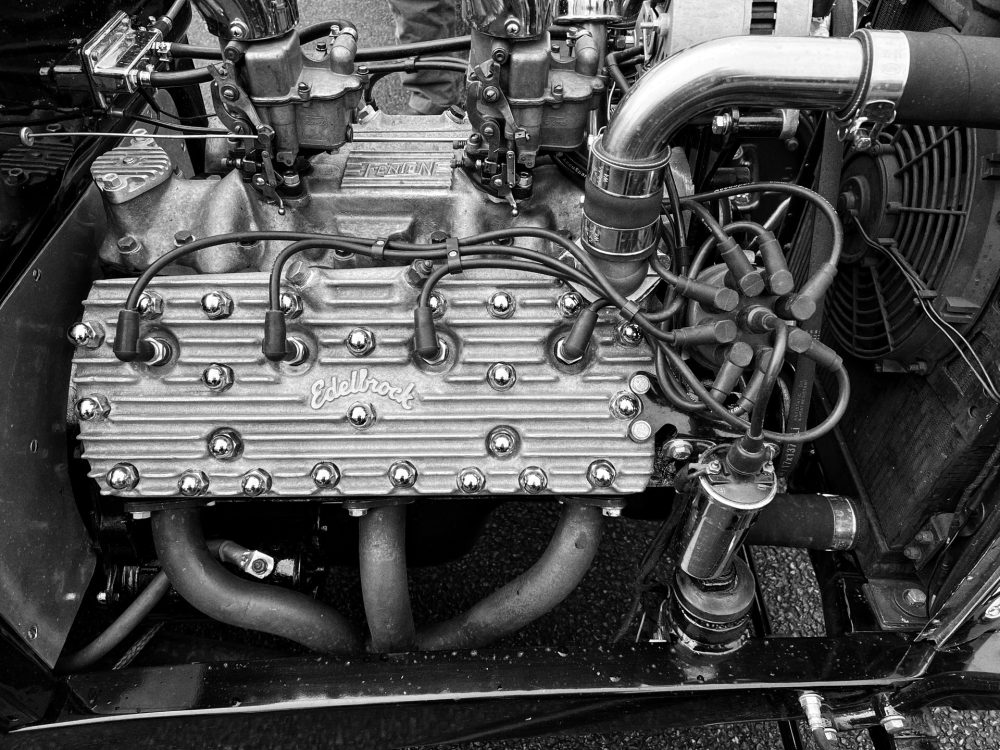
The motor enthusiasts were enthusiastic and the hot rods were regaled with a 1950s musical playlist and some fetching rockabilly outfits and hairstyles. Sensational cars and neat nostalgia.
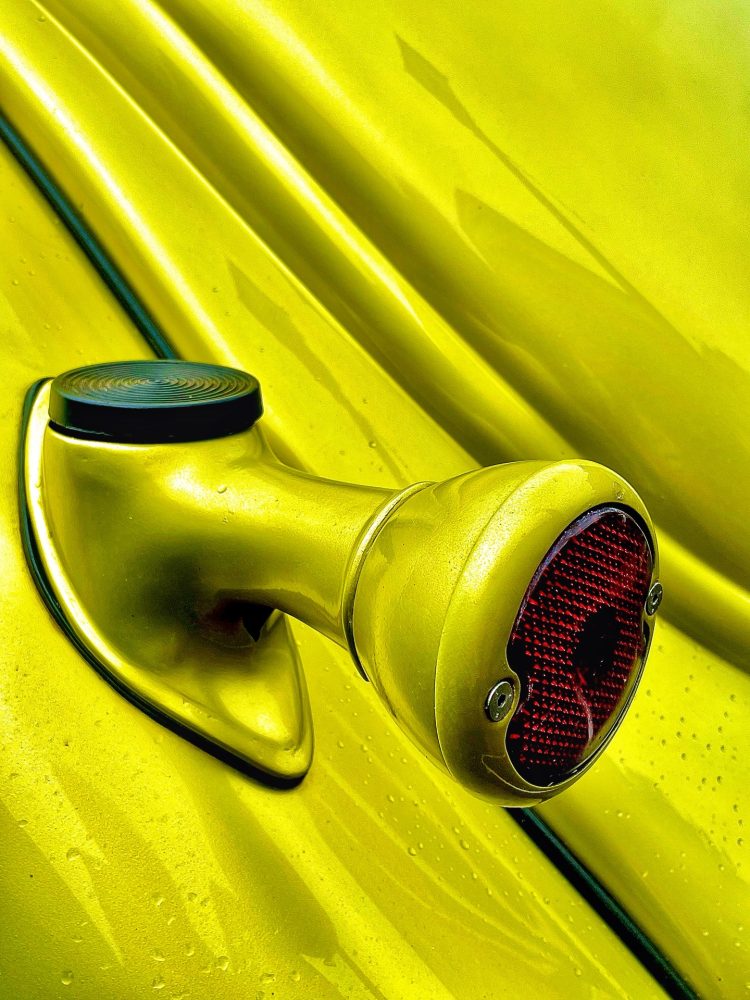
Next it was off to the café and its 5-Star hygiene-rated and licensed kitchen. It may have taken a good 20 minutes to wade through their broccoli and stilton soup, but it was worth every second. The tea, coffee, cakes and bacon sarnies looked equally perfect for a Geezer pit stop.
Then back to the hard work of purring over the museum’s vast and eclectic collection of vehicles, motorcycles, bicycles and social history ephemera.
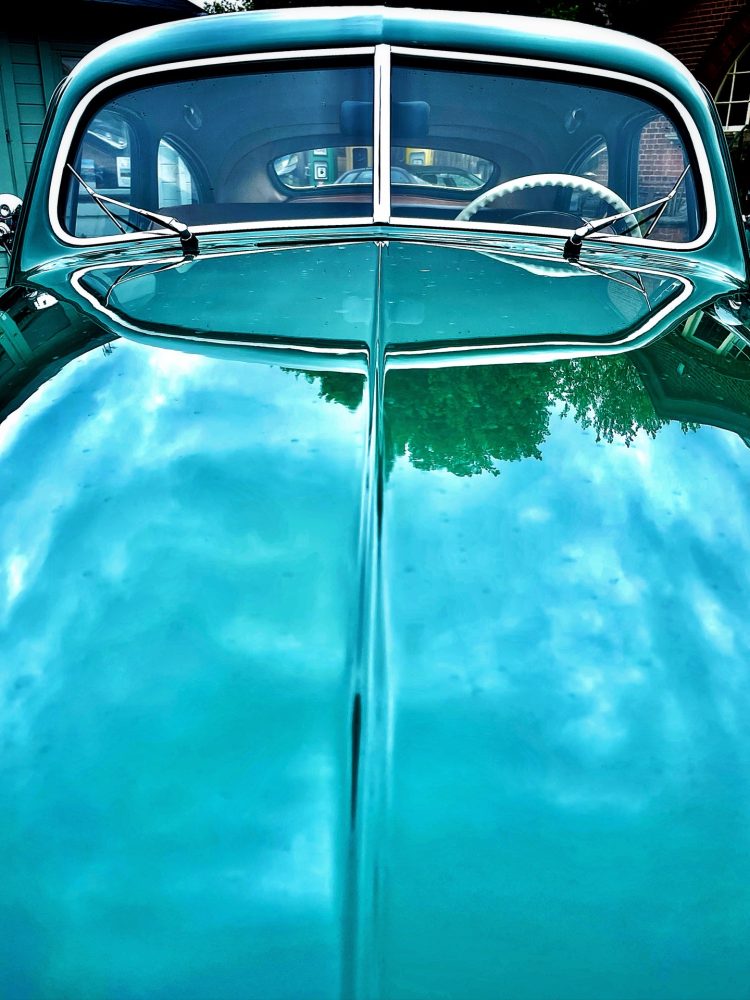
The 1952 Aston Martin BS2 was still on the ground floor, with all of its fine lines, patent blackness and yellow hubs, as was the Lotus Espirit used by the F1 driver Ronnie Peterson to demonstrate the handling capabilities of the model on the Lotus test track. The ground floor was completed by a Ford Anglia 105E (similar to the one in Harry Potter), Ford Model T, Mark 1 Ford Capri, V12 E-Type, Ford Prefect and 1907 Riley Tricar.
The basement has a 200 foot-deep well (dug by hand) and a 1940s kitchen and living room scene including a Morrison shelter, while the first floor includes mostly British motorbikes, including the 1898 800cc Holden, one of the first motorcycles ever produced. There is also an NSU Quickly, Moto Rumi scooter and Velocette LE.
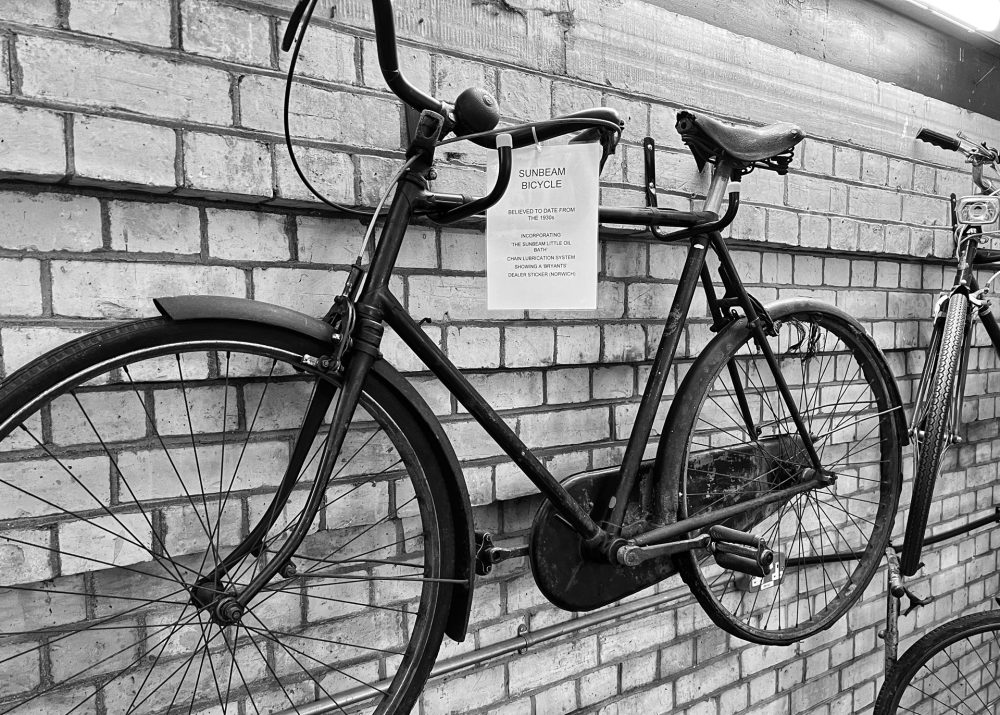
The Chamberlaine Floor above features an extraordinary selection of bicycles. Not a chopper in sight, but there is a plastic framed bike, a World War II folding paratroopers bike and a Sunbeam tricycle ridden by Hattie Jacques in a couple of Carry On films. The third floor houses a hand-operated air raid siren that you can try and a selection of prams, diecast models, photographic equipment and vintage typewriters and games.
The day was topped off with the now traditional visit to The King and Tinker, a charming little pub set next to an industrial car park that easily absorbed a Dagenhamesque collection of white vans.
The beer was absolutely fine and the crisps and nuts were brilliant, far superior to the following, charmless review: “Felt like I was in an episode of Fawlty Towers! Food was disgraceful. I had my mash served with a side order of dead flies. Staff didn’t seem to know what day of the week it was. Never again. Such a shame as I had good memories of visiting here when I was a kid.”
The museum is situated in the Whitewebbs Pumping Station, a distinctive example of Victorian architecture built originally as part of the New River development in 1898. The normal opening hours are Tuesdays between 10am and 4pm (last entry is 3pm) and the last Sunday of the month (with some exceptions). The museum is housed over four floors in the main building and in a range of outbuildings, including a purpose-built fire station, vehicle hall, autojumble shop, workshops and a stationary engine room.
Richard Jory


